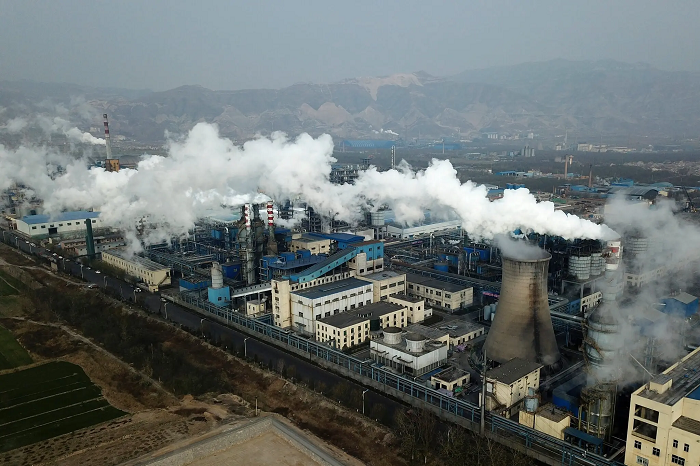Bangladesh's position as the world's second-largest garment exporter is facing increasing challenges due to global trade shifts, regional competition, and internal structural issues.
The 37 per cent tariffs imposed by the Trump administration have intensified the pressure on Bangladesh, causing concern among industry leaders and analysts about the country's ability to maintain its global ranking. Bangladesh now faces a critical test of its export resilience and trade negotiation skills, especially for a sector built on low-cost production and heavily reliant on price-sensitive markets.
Many industry leaders are closely watching Vietnam's rise. Despite facing a higher 46 per cent tariff compared to Bangladesh's 37 per cent, there's growing concern that Bangladesh's limited trade diplomacy and slower move towards higher-value production could allow Vietnam to overtake it in global rankings. Rubana Huq, Former President, Bangladesh Garment Manufacturers and Exporters Association (BGMEA), emphasized on the urgency for Bangladesh to act quickly.
In 2023, Bangladesh accounted for 7.4 per cent of global apparel exports, valued at $38 billion, according to the World Trade Organization (WTO). China ranked first with $165 billion, holding a 31.6 per cent market share. Vietnam followed with $31 billion in exports and a 6 per cent share. However, these 2023 figures might not reflect the current shifting dynamics, which could be clearer in the yet-to-be-released 2024 WTO data. Adding to concerns, the WTO revised Bangladesh's past export figures downward by $9 billion due to data discrepancies, raising questions about the reliability of their statistics.
Despite these challenges, Bangladesh has several strengths, including a large and affordable workforce, a strong domestic textile industry, a global lead in certified green factories, and improving international safety standards. However, these are increasingly countered by weaknesses such as poor infrastructure, long lead times, high borrowing costs, bureaucratic hurdles, and an over-reliance on basic, low-value garments.
A key difference between Bangladesh and competitors like Vietnam is their strategic direction. Vietnam has steadily moved towards producing higher-value goods, diversified its product range, and used free trade agreements to gain preferential market access. With both countries facing high tariffs in the US market, the ability to offer differentiated, value-added products and skillfully navigate trade diplomacy may be the deciding factor.
Without targeted reforms and strong trade engagement, Bangladesh risks being overtaken in global supply chains through a gradual decline in competitiveness and missed opportunities. While some exporters believe Bangladesh can maintain its edge, there's a general agreement on the urgent need for diversification into higher-value products, technology upgrades, workforce development, and stronger international trade relations to secure favorable terms and adapt to the evolving global market.












